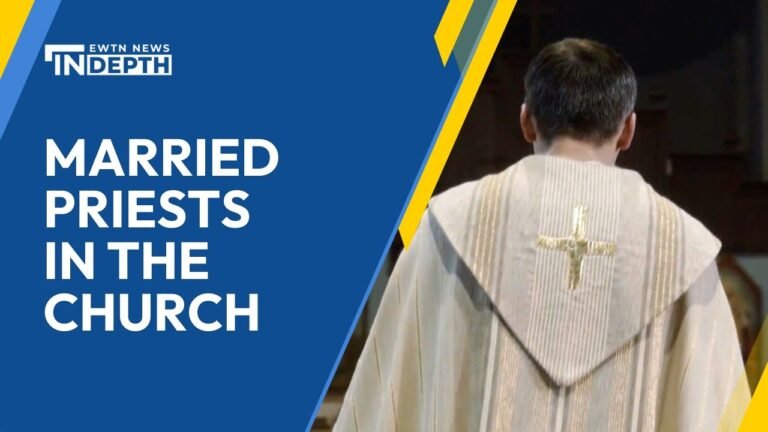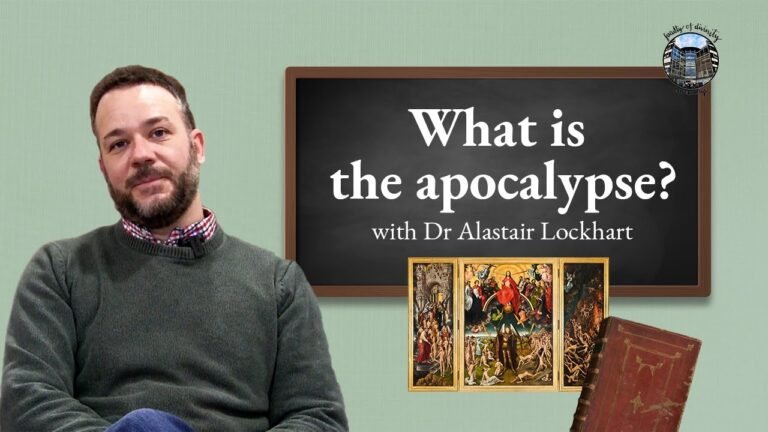Can Catholic Priests Marry?
The question of whether a priest can be married in the Catholic Church has sparked much debate and curiosity among believers and non-believers alike. While the Roman Catholic tradition upholds celibacy as a standard for priests in the Latin rite, the landscape is more nuanced than it appears. Exploring the historical, theological, and cultural dimensions reveals a rich tapestry of rules and exceptions that shape this topic. As we delve into the intricacies of clerical celibacy, we uncover the reasons behind the Church’s stance and the ongoing discussions surrounding the possibility of married priests.
Can Catholic priests ever marry?
No, Catholic priests cannot marry; they take a vow of celibacy. However, some Eastern Catholic priests can be married before ordination.
Is it possible to be a married Catholic priest?
In the Eastern Church, marriage is permitted for priests, though bishops are expected to remain celibate. The Latin Rite offers a unique exception, allowing married men who have previously served as ordained pastors in other Christian denominations to request ordination as priests upon conversion. This flexibility reflects a broader understanding of ministry, acknowledging the diverse paths individuals may take within the Catholic faith.
When did the Catholic Church prohibit priests from marrying?
The practice of celibacy within the Catholic Church has deep historical roots, with significant changes occurring during the 12th century. In 1123, at the First Lateran Council, the Church officially mandated that priests abstain from marriage, reinforcing the expectation of celibacy among the clergy. This decision was made to ensure that clergy could dedicate themselves fully to their spiritual duties without the distractions that family life might bring.
The requirement was reiterated at the Second Lateran Council in 1139, further solidifying celibacy as a universal obligation for priests. This move aimed to strengthen the Church’s moral authority and maintain a clear distinction between the secular and spiritual lives of its leaders. By requiring celibacy, the Church sought to create a clergy that was wholly devoted to serving God and the community.
Over the centuries, this practice has remained a topic of debate within the Church. While many still uphold the tradition, recent discussions have opened the door to reconsidering the celibacy requirement, reflecting a broader dialogue about the role of clergy in modern society. As the Church continues to evolve, the question of celibacy remains a pivotal issue in understanding the dynamics between faith, vocation, and personal life.
Is it possible for a Catholic priest to have a child?
The Vatican refers to the offspring of ordained Catholic priests who have taken a vow of clerical celibacy as “children of the ordained.” While the vow of celibacy traditionally prohibits priests from marrying or having sexual relationships, instances have arisen where priests have fathered children, leading to complex discussions within the Church about the implications of such situations. These cases highlight the tension between personal choices and the commitments made to the Church, prompting ongoing dialogue about the nature of celibacy and the experiences of those affected.
Exploring Celibacy: The Catholic Tradition
Celibacy, a cornerstone of the Catholic tradition, invites individuals to embrace a life dedicated to spiritual growth and service. This commitment allows priests, monks, and nuns to focus entirely on their mission, fostering a deeper connection with God and their communities. Rooted in the belief that remaining unattached enhances one’s ability to love and serve, celibacy encourages a profound sense of purpose and fulfillment. By setting aside personal desires, those who choose this path cultivate a unique spiritual intimacy, becoming beacons of hope and guidance in a world often distracted by fleeting pleasures.
Love, Faith, and Vows: A Priest’s Dilemma
In a quaint village where time seems to stand still, a devoted priest grapples with the delicate balance between love and duty. Torn between his sacred vows and an unexpected romance that ignites his heart, he faces a profound dilemma that challenges his unwavering faith. As he navigates the complexities of human emotion and spiritual obligation, he discovers that love can be both a sanctuary and a storm, leading him to question the true essence of commitment. Ultimately, his journey reveals that the bonds we forge can transcend tradition, urging him to redefine what it means to be devoted, both to his calling and to the heart that beats beside him.
The Truth Behind Clerical Marriage in Catholicism
Clerical marriage has long been a subject of debate within the Catholic Church, often shrouded in myth and misunderstanding. While the Latin Rite mandates celibacy for priests, this practice is not universally applied across all branches of Catholicism. In fact, Eastern Catholic Churches allow married priests, highlighting the diversity within the faith and inviting a re-examination of the traditions surrounding clerical life. This raises important questions about the origins and implications of celibacy in the Western Church.
The roots of clerical celibacy can be traced back to the early centuries of Christianity, when the Church sought to distinguish its clergy from secular society. The idea was that a celibate priest could devote himself entirely to the service of God and the community. However, this ideal has often clashed with the reality of human relationships and the natural desire for companionship, leading to a complex dynamic that persists in contemporary discussions about priestly life and pastoral effectiveness.
In recent years, the conversation around clerical marriage has gained momentum, particularly in light of declining vocations and the challenges faced by an increasingly isolated clergy. Advocates for change argue that allowing priests to marry could enhance their emotional support systems and strengthen their ties to the communities they serve. As the Church navigates the evolving landscape of modern society, the debate over clerical marriage remains a fundamental aspect of understanding its future direction and the well-being of its clergy.
The question of whether a priest can be married in the Catholic Church highlights the ongoing dialogue surrounding tradition, celibacy, and the evolving needs of the faithful. While the Roman Catholic Church maintains a vow of celibacy for its priests, exceptions exist, particularly within certain Eastern rites and among converted clergy. As the Church navigates contemporary challenges, the discourse around priestly marriage continues to spark interest and debate, reflecting a dynamic faith grappling with its identity in the modern world.







